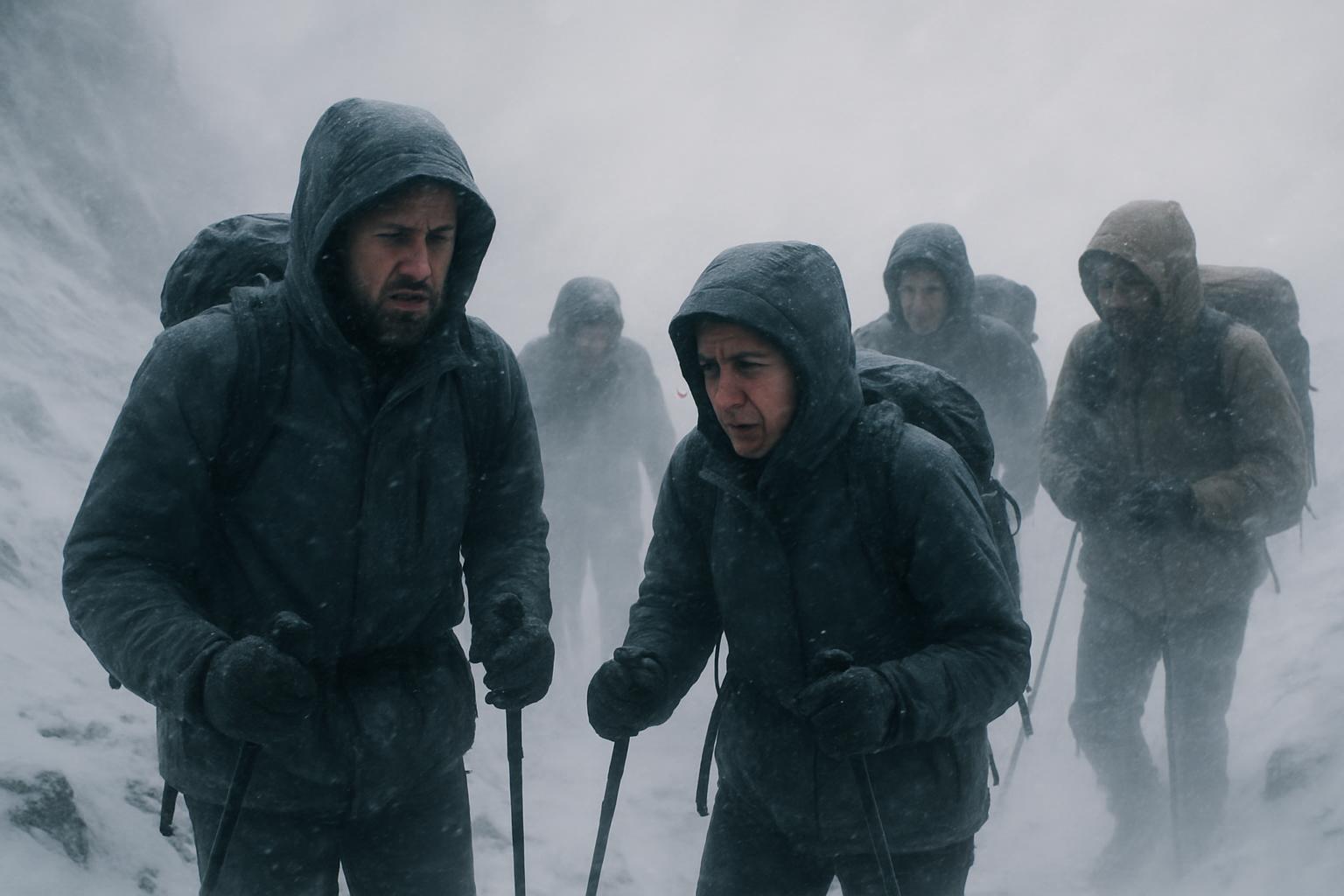Working outdoors in hot climates presents unique challenges, but with the right strategies, it’s possible to stay safe and productive. The intense heat and sun exposure can lead to serious health risks, including heat exhaustion, heat stroke, and dehydration. By adopting best practices, outdoor workers can not only survive but thrive in scorching conditions.
Understanding the risks associated with high temperatures is the first step in combating them. Heat-related illnesses can escalate quickly, making it vital to recognize the early warning signs. Symptoms such as excessive sweating, dizziness, nausea, and confusion indicate that the body is struggling to cope with the heat. Immediate action is required when these signs appear to prevent more severe conditions like heat stroke.
Hydration is a cornerstone of heat safety. Drinking water frequently throughout the day, even before thirst sets in, helps maintain optimal body temperature and function. It’s crucial to avoid beverages that dehydrate, such as those containing caffeine or alcohol. Electrolyte-replenishing drinks can also be beneficial, especially when sweating profusely, as they help replace lost salts and minerals.
The timing of outdoor work can significantly impact safety. Scheduling the most physically demanding tasks for cooler parts of the day, such as early morning or late afternoon, reduces exposure to peak temperatures. Regular breaks in shaded or air-conditioned areas allow the body to recover and cool down. Employers should enforce these breaks to ensure that workers have the opportunity to rest and hydrate.
Wearing appropriate clothing is another key factor. Lightweight, loose-fitting, and light-colored garments reflect heat and allow for better air circulation. Additionally, wide-brimmed hats and UV-protective sunglasses shield the head, face, and eyes from direct sunlight, reducing the risk of sunburn and heat-related eye damage. Applying broad-spectrum sunscreen to exposed skin further protects against harmful UV rays.
Cooling techniques can provide immediate relief in extreme heat. Utilizing cooling vests, bandanas, or towels soaked in cold water can help lower body temperature. These items can be worn throughout the day, especially during breaks, to enhance comfort and prevent overheating. Some workers may benefit from portable fans or misting systems that provide a steady flow of cool air or water vapor.
Acclimatization is a critical yet often overlooked aspect of working in hot climates. Gradually increasing exposure to heat over several days allows the body to adapt and improve its heat tolerance. This process involves a mix of increasing work duration and intensity, helping workers build resilience against high temperatures.
Employers play a vital role in ensuring the safety of their outdoor workers. Providing comprehensive training on recognizing heat-related illnesses and implementing safety protocols is essential. Supervisors should be vigilant, monitoring workers for signs of heat stress and taking swift action when necessary. Encouraging a buddy system where workers look out for each other adds an extra layer of protection.
Creating a supportive environment that prioritizes health and well-being fosters a culture of safety. Open communication about heat safety practices and encouraging workers to voice their concerns can lead to a more aware and prepared workforce. Employers should regularly review and update their heat safety plans, incorporating feedback from employees and staying informed about the latest best practices and technologies.
Surviving the scorch of hot climates requires a multifaceted approach. By understanding the risks, staying hydrated, timing tasks wisely, wearing appropriate clothing, using cooling techniques, and ensuring acclimatization, outdoor workers can protect themselves against the dangers of extreme heat. Employers, too, have a critical role in promoting and maintaining a safe working environment. Together, through education, vigilance, and proactive measures, we can ensure that outdoor workers remain safe and productive, no matter how high the temperature rises.



